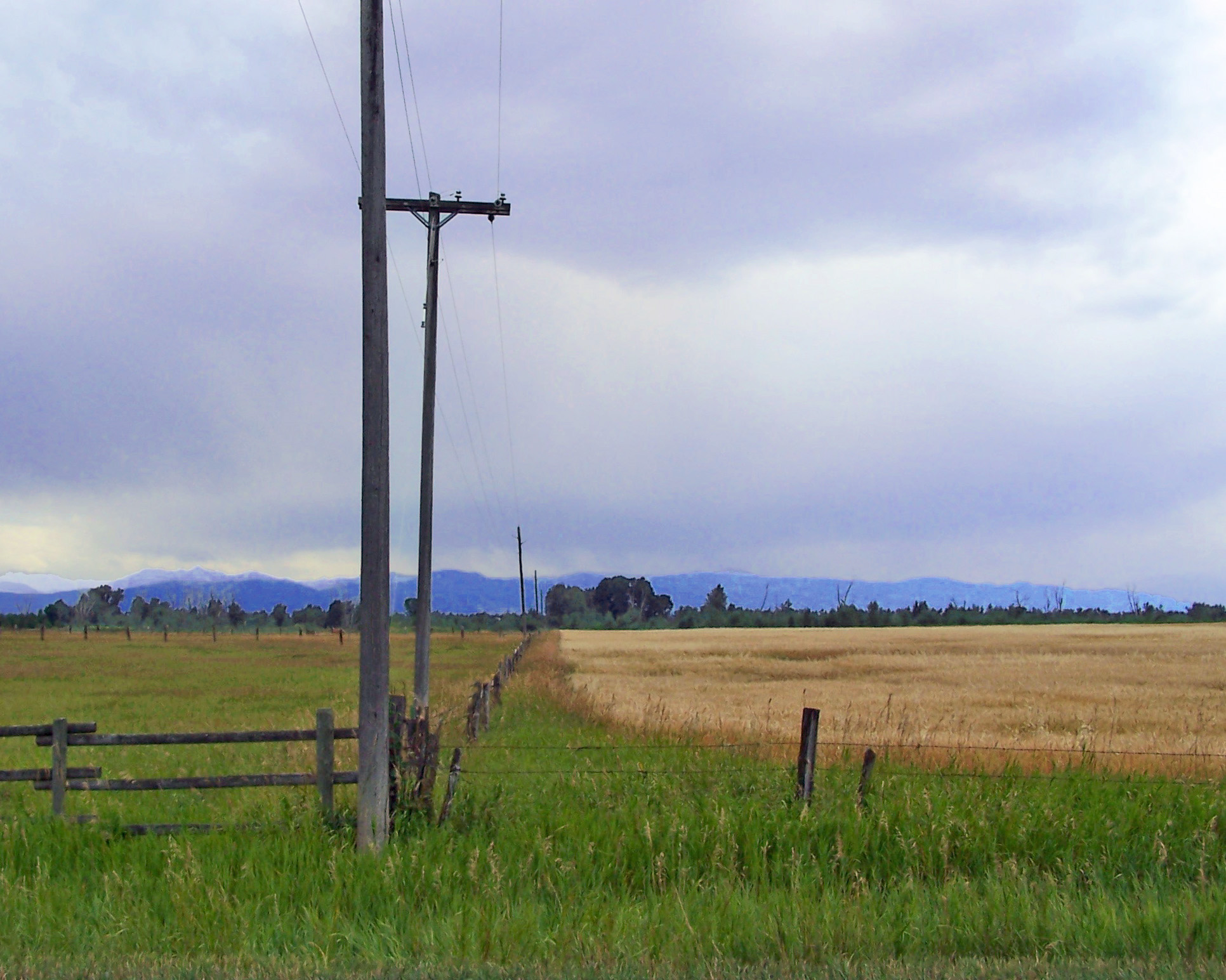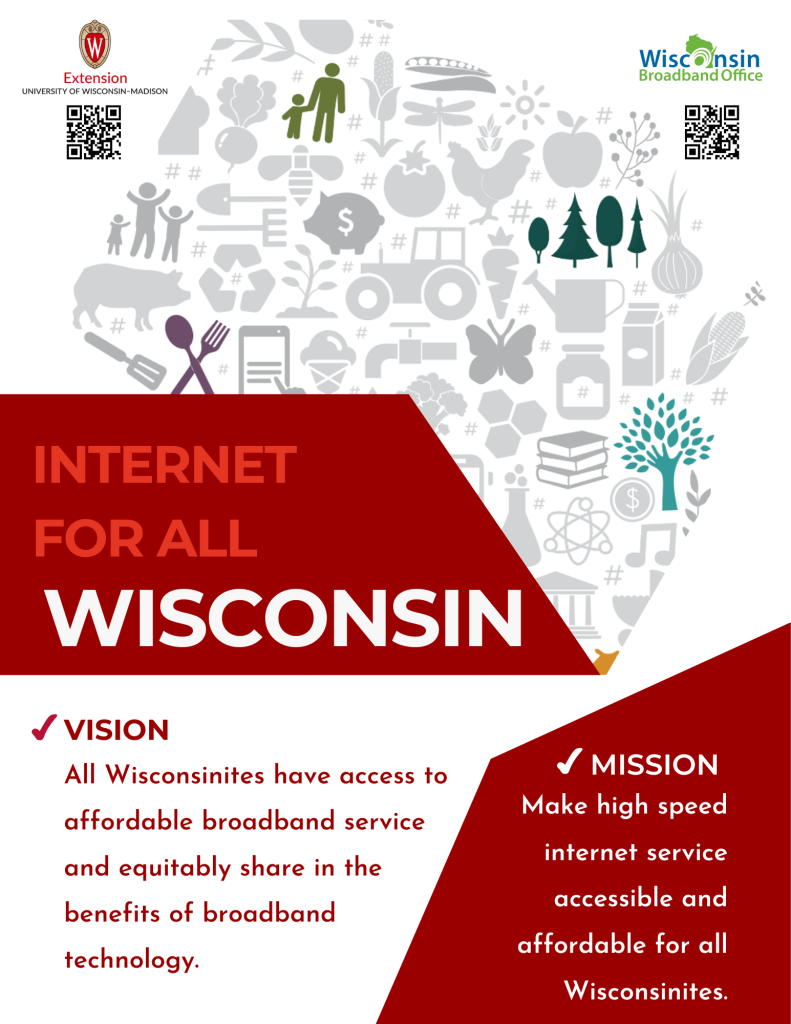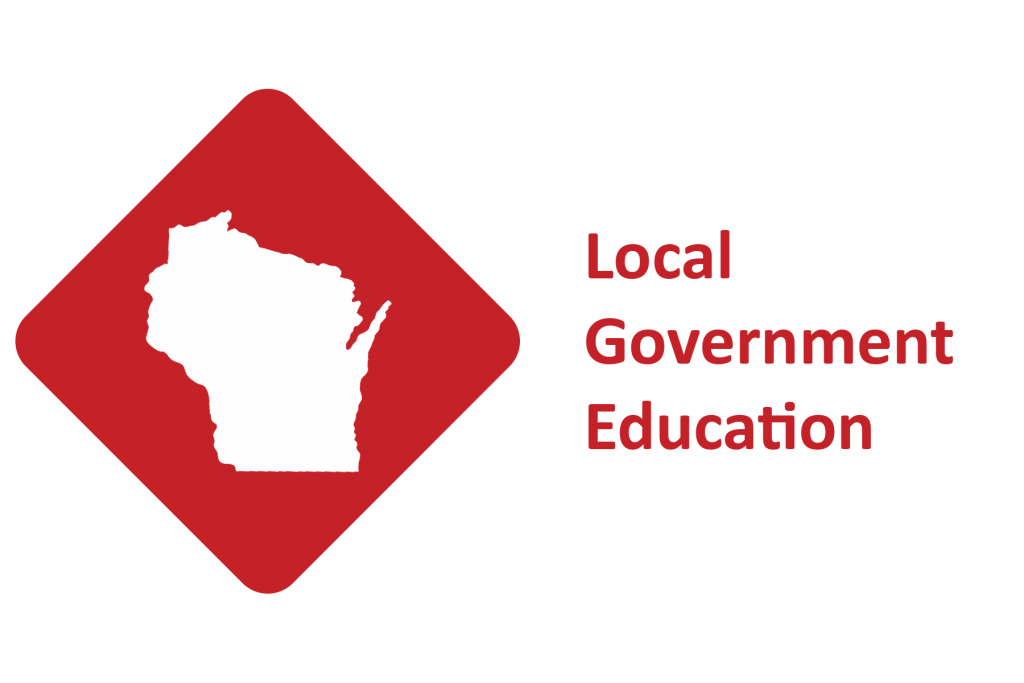Broadband Toolkit


Broadband Toolkit
This Broadband Toolkit prepares Wisconsin communities to increase broadband access for all by engaging and empowering local stakeholders.
Overview
The broadband toolkit was designed to allow for maximum flexibility – you can work your way through each section, or just access a single resource.
Featured Content

BEAD Benefit of the Bargain Process
Wisconsin Broadband Office (WBO), housed at the Public Service Commission closed its Benefit of the Bargain (BOB) round of the BEAD program on July 28th. There will be a SHORT window for public comment. Wisconsin will submit its proposal to NTIA the first week of September, 2025.
Toolkit Topics

Broadband 101
Learn about broadband basics, terminology, and Wisconsin context.

Organizing Your
Planning Team
Who should be on your core planning team/committee? How will you operate? How to get started.

Community Input and
Needs Assessments
Community engagement is central to any planning effort.

Data for Broadband Planning
What data do you need for community broadband planning? What data will help you tell the story of your community’s needs?

Building Public-Private Partnerships
Mutually beneficial Public-Private Partnerships are a key ingredient for broadband expansion.

Financing Broadband Projects
How will you finance your broadband expansion projects?

Broadband Adoption & Affordability
Striving toward Internet for All Wisconsin residents.

BEAD BOB Process
Wisconsin Broadband Office (WBO) housed at the Public Service Commission closed its Benefit of the Bargain (BOB) round of the BEAD program on July 28th. There will also be a SHORT window for public comment. Wisconsin will submit its proposal to NTIA the first week of September, 2025.

Case Studies
See successes and lessons learned in our ever-evolving list of case studies.
FAQ
Why should counties/communities care about broadband?
No one understands the situation and needs of a community better than those that live there. Communities who have a local broadband plan and have developed partnerships are best prepared to access grant funding when it becomes available.
What is the digital divide?
The digital divide is the gap between those who have affordable access, skills, and support to effectively engage online and those who do not.
Do internet service providers really need public partners to service our county?
Internet service providers are more apt to service communities where they have a relationship with first, as it sets the tone for a project. Contributions to the partnership from public entities can vary from funding, easements, permitting, promotion and adoption.
What is Digital Inclusion?
Digital Inclusion refers to the activities necessary to ensure that all individuals and communities, including the most disadvantaged, have access to and use of Information and Communication Technologies (ICTs). You may see or hear reference to ‘Internet for All Wisconsin’ throughout this toolkit. ‘Internet for All’ is related to digital inclusion and closing the digital divide.










